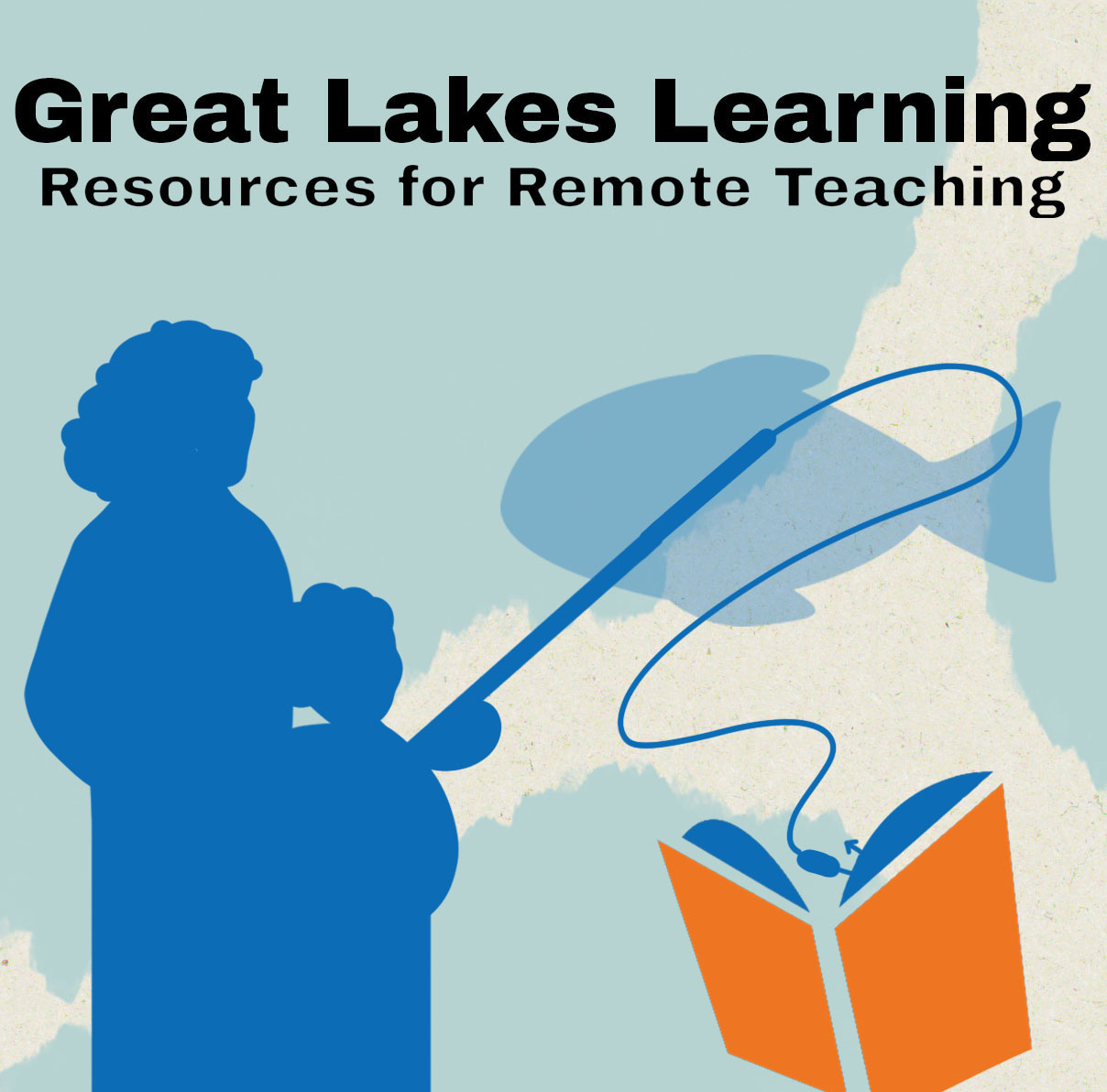
 As the author of Great Lakes Now’s Collection of Lesson Plans, educational consultant Gary Abud Jr. is now providing more support for parents, teachers and caregivers who want to incorporate Great Lakes learning into their time with children and students. His series of writings can be found HERE along with the lesson plans and a Virtual Field Trip.
As the author of Great Lakes Now’s Collection of Lesson Plans, educational consultant Gary Abud Jr. is now providing more support for parents, teachers and caregivers who want to incorporate Great Lakes learning into their time with children and students. His series of writings can be found HERE along with the lesson plans and a Virtual Field Trip.
April showers bring May flowers, right?
Well, in the Great Lakes region Tulip Time isn’t the only thing that residents have to look forward to each spring.
Unfortunately, those same rainstorms can bring coastal flooding and contribute to toxic algal blooms in the waters of the Great Lakes. These recurring phenomena provide important lessons on climate and the environment, and we’ve got more information about how to help young learners better understand them.
In the latest episode of the monthly Great Lakes now program, we cover the impact that of harmful algal blooms (HABs). And while school is happening at home, we want to help you bring these teachable moments to life.
Watch the preview of the Great Lakes Now episode:
API key not valid. Please pass a valid API key.Here are some of the HABs-related topics that you can learn about in our Great Lakes Learning collection:
- Lake levels over the years in the Great Lakes
- Effects high lake levels have had in coastal towns
- How nutrient cycles and water runoff influence the blooms of toxic algae
- Why coastlines matter so much to Great Lakes residents and tourists
- Water quality in the freshwater of the Great Lakes
Whether you want to investigate these topics in great depth or simply introduce students to them, consider the following ways to teach these springtime science lessons using segments from Great Lakes Now and our educational resources.
Harmful Algal Blooms
Not all algae are harmful, but the concerning ones in Lake Erie are among the contemporary issues facing the Great Lakes.
According to NOAA, there really are not ways to stop toxic algal blooms, but there are ways to minimize the impact that they have on the environment. If it’s not enough to imagine swimming in waters that are blooming with harmful algae, conducting the hands-on experiment from this lesson will help students convince most students why unsafe waters of any kind are a concern.
Watch Great Lakes Now’s segment “Toxic Algae and Climate Conundrum”:
API key not valid. Please pass a valid API key.Coastal Concerns
The coastal lake flooding that has taken place in recent years is due to unusually high lake levels, which are striking when you compare them to past trends in lake level data using the NOAA Lake Level Viewer tool. If a picture is worth a thousand words, this one says it all about high lake levels and shorelines—the disappearing beachfront near Big Sable Lighthouse.
To better understand the impact that climate change is having on the Great Lakes, you can learn more about the meteorology of the Great Lakes region or check out how melting ice in Greenland is affecting lake levels in these learning activities. You can further explore the effects of shoreline erosion and coastal flooding on multiple areas of the Great Lakes region—and even write a letter to a politician urging them to do something about the problem.
Watch Great Lakes Now’s segment “Chicago’s Battered Beaches”:
API key not valid. Please pass a valid API key.Water Quality
As the world’s largest system of surface freshwater, water quality is an important issue. That’s why environmental safeguards are a top priority for the Great Lakes region.
Learn more using interactive tutorials from the Michigan Department of Environmental Quality to investigate common drinking water pollutants or find out how drinking water is treated.
Take the learning from our Buffalo Rain Check segment further to learn how municipalities are contending with wastewater management and other issues facing the water beyond the lakes.
Watch Great Lakes Now’s segment “Buffalo Rain Check”:
API key not valid. Please pass a valid API key.From travel to tourism, the waters and coastlines are such a large part of the Great Lakes economy during warm weather months, that it is essential for recreational attractions that beaches don’t disappear and waters are clean.
And since the spring storms and algae blooms can produce challenges to ensuring the vitality of the Great Lakes for summer, these issues are not going away anytime soon—but we can learn from them.
Catch up on other tips and lessons from Great Lakes Learning here:
Great Lakes Learning: Model the population dynamics of invasive species at home
Great Lakes Learning: How to clean up an “oil spill” at your kitchen table
Great Lakes Learning: 5 ways to teach your child about groundwater
Featured image: Toxic algae blooms around the Great Lakes in the summer. Great Lakes Now episode 1013.




